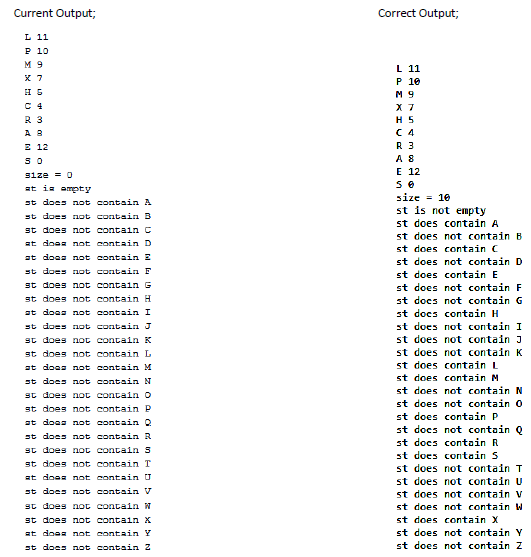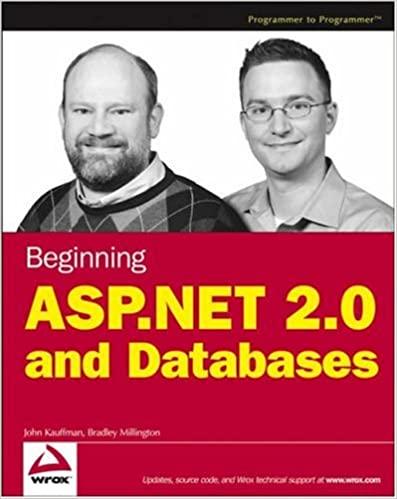Question
In java I need help modifying the following sections: size, isEmpy, contains. I am trying to do this without changing any declaration of any method.
In java I need help modifying the following sections: size, isEmpy, contains. I am trying to do this without changing any declaration of any method. Thank you
public class BtST
private class Node { private Key key; private Value val; private Node next;
public Node(Key key, Value val, Node next) { this.key = key; this.val = val; this.next = next; } }
public BtST() { }
public int size() { return 0;\\ **** }
public boolean isEmpty() { return true; \\\*** }
public boolean contains(Key key) { if (key == null) throw new IllegalArgumentException("argument to contains() is null"); return false;\\\\ *** }
public Value get(Key key) { if (key == null) throw new IllegalArgumentException("argument to get() is null"); for (Node x = first; x != null; x = x.next) { if (key.equals(x.key)) return x.val; } return null; }
public void put(Key key, Value val) { if (key == null) throw new IllegalArgumentException("first argument to put() is null"); if (val == null) { delete(key); return; }
for (Node x = first; x != null; x = x.next) { if (key.equals(x.key)) { x.val = val; return; } } first = new Node(key, val, first); }
public void delete(Key key) { if (key == null) throw new IllegalArgumentException("argument to delete() is null"); first = delete(first, key); }
private Node delete(Node x, Key key) { if (x == null) return null; if (key.equals(x.key)) { return x.next; } x.next = delete(x.next, key); return x; }
public Iterable
}

Step by Step Solution
There are 3 Steps involved in it
Step: 1

Get Instant Access to Expert-Tailored Solutions
See step-by-step solutions with expert insights and AI powered tools for academic success
Step: 2

Step: 3

Ace Your Homework with AI
Get the answers you need in no time with our AI-driven, step-by-step assistance
Get Started


